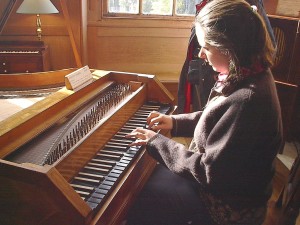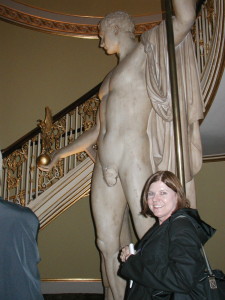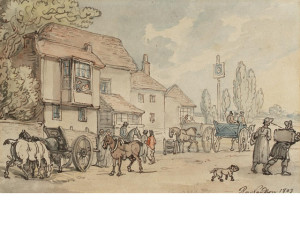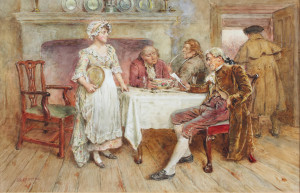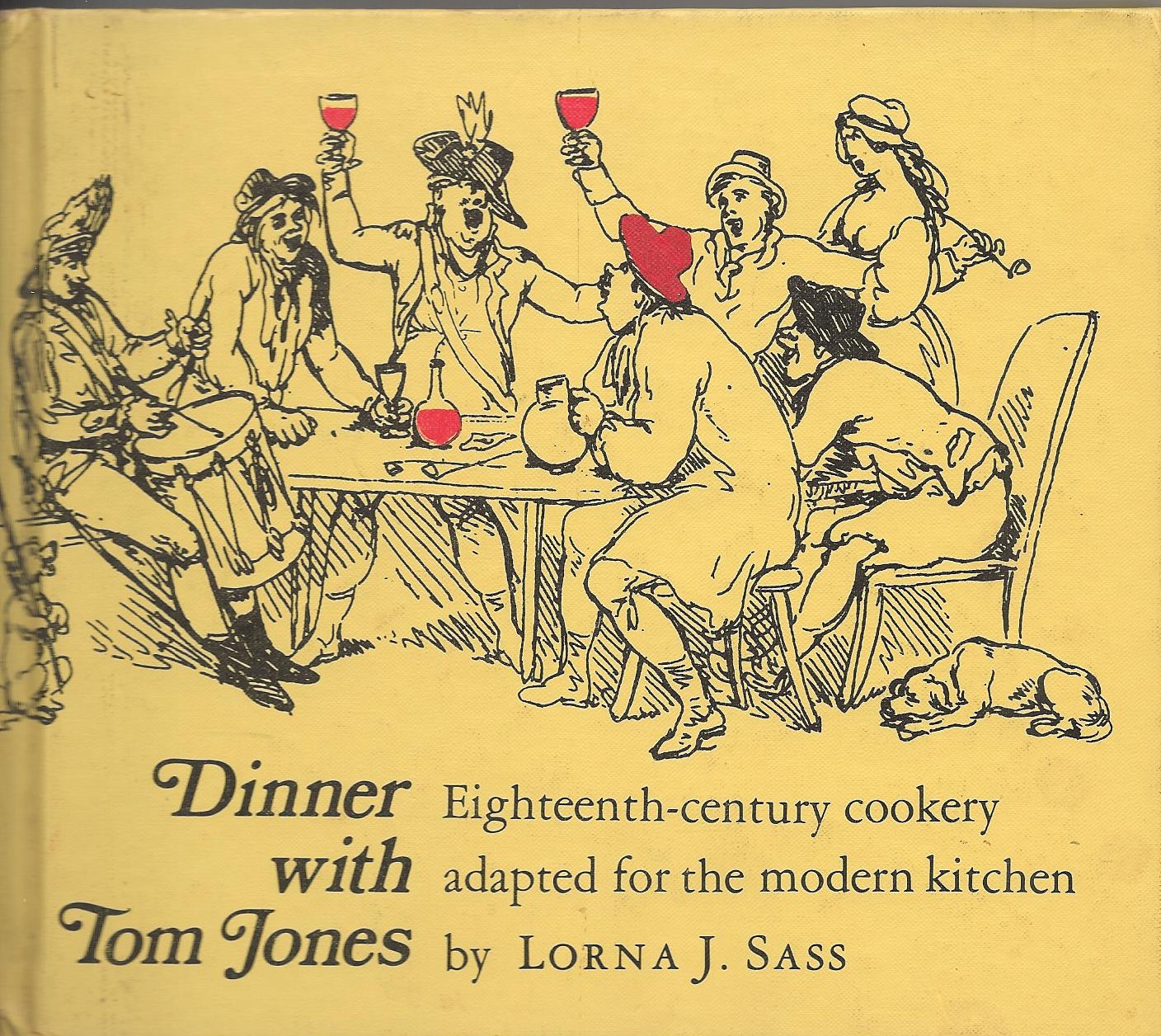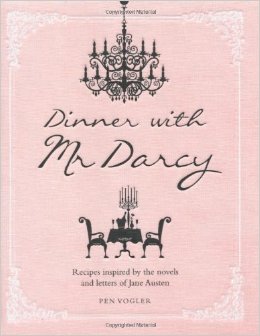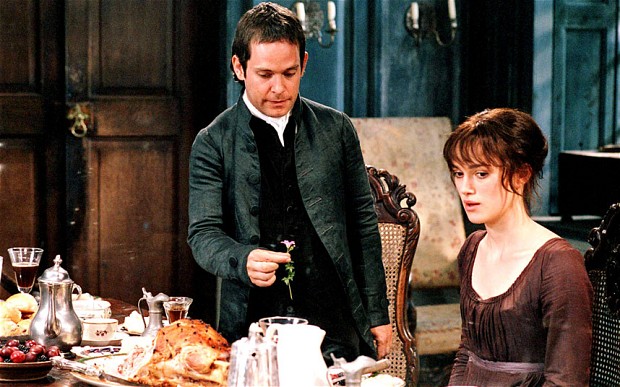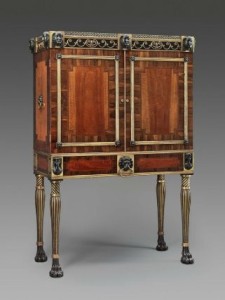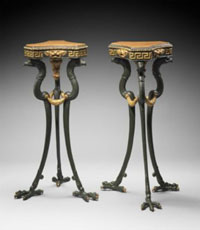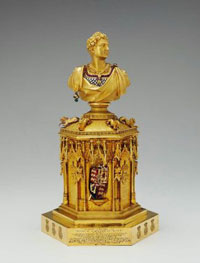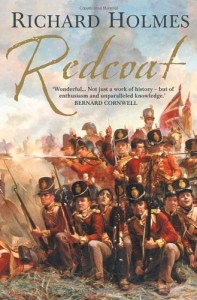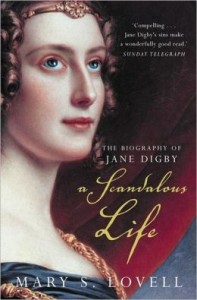Think back to 2003. I won in the Golden Heart contest, I sold my first book, The Mysterious Miss M, and I made the difficult decision to leave the day job and write full-time. I was floating on air.
Two weeks after I left the job, Amanda and I went on The Regency Tour of England, a tour designed and led by Washington Romance Writers member, Patty Suchy, whose avocation was to be Novel Explorations, specializing in travel that explored the written word.
Her Regency Tour was specially designed for Regency writers and readers. I was not an experienced traveler, so to have the tour designed for me was a dream come true.
We traveled to London, Bath, and Brighton and saw many places in between, like Lacock Village, a village that appeared unchanged from the Regency, and Salisbury Cathedral, where we saw a copy of the Magna Carta.
We visited Stratfield Saye, the country house of the Duke of Wellington, a visit that sparked my not-so-secret “love affair” with dear Artie (and my intense rivalry with Kristine Hughes over who he loves best). We visited Apsley House, his house in town. We visited so many great houses on that tour: Osterley, Wilton House, Syon Park, Bowood, Mompesson House. I examined furnishings up close and developed a particular interest in carpets. If I mention a carpet in my books, it comes from that tour.
We also saw wonderful museums. The Geffrye Museum of domestic furnishings showed how furnishings changed through the ages. It showed a Regency drawing room. We visited Finchcock’s, a country house converted to a museum of musical instruments.
We visited Brighton, where I learned the beach does not have fine sand, but rather is pebbled. We walked through the Brighton Pavilion–photos don’t do it justice.
In Bath we had tea in the Pump Room with Mary Balogh, who just happened to be in Bath at the same time. She treated all of us. Later we dressed in Regency costume and danced with the Jane Austen Dancers in the same assembly rooms where Jane Austen danced.
We walked through Mayfair and Tunbridge Wells and ate at the George Inn. We ate Sally Lun buns in Bath and visited Kew Gardens and rode a canal boat on the Regents Canal.
I’m sure I’ve left out something….Throughout this tour, Patty took care of everything, so all we had to do was look and experience and enjoy.
In 2005, Patty gave another tour, this time called the Romantic Road North. This tour focused on the era of coaching and the inns and sites along the Great North Road. After these two tours, Patty became more than a tour guide to me. She became a friend.
In September 2014, Patty and the ladies of Number One London blog have designed a Wellington tour, covering all the sites relating to the Duke of Wellington. I’m determined to attend.
But…Patty will not be with us, except in spirit. She lost her long battle with ovarian cancer two weeks ago, news that came as a shock, if not a surprise. I will miss her.
Patty showed me the Regency in all its glorious detail and gave me memories I will forever cherish. I can never thank her enough for that. I hope she is looking down from heaven and realizing all the joy she’s given to so many.
Thank you, Patty!!




